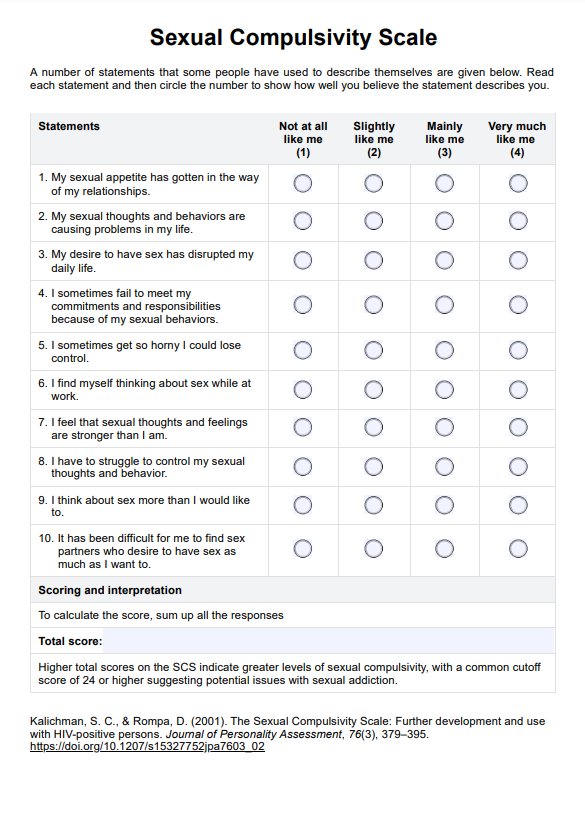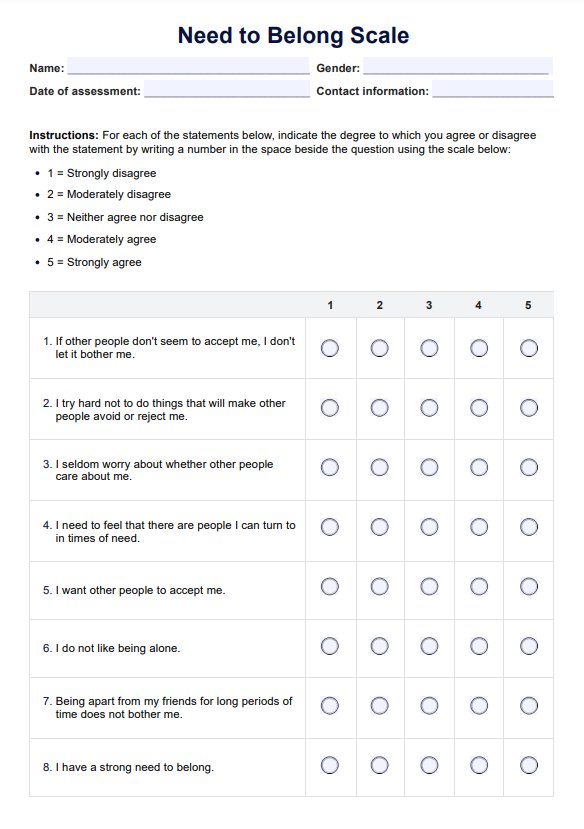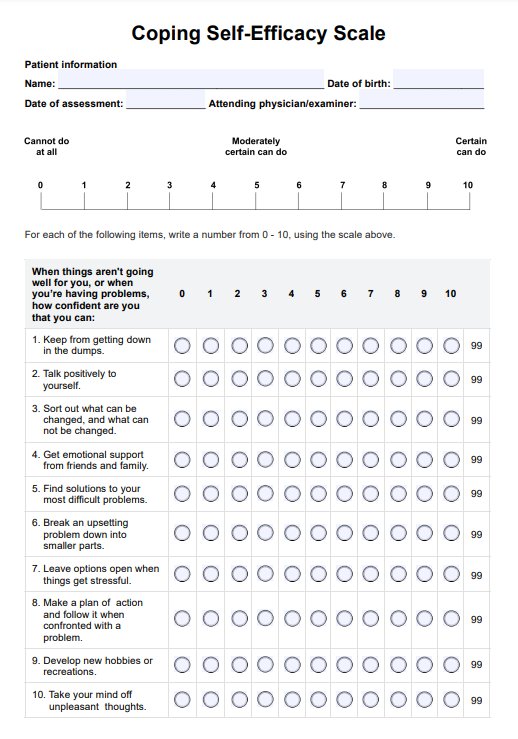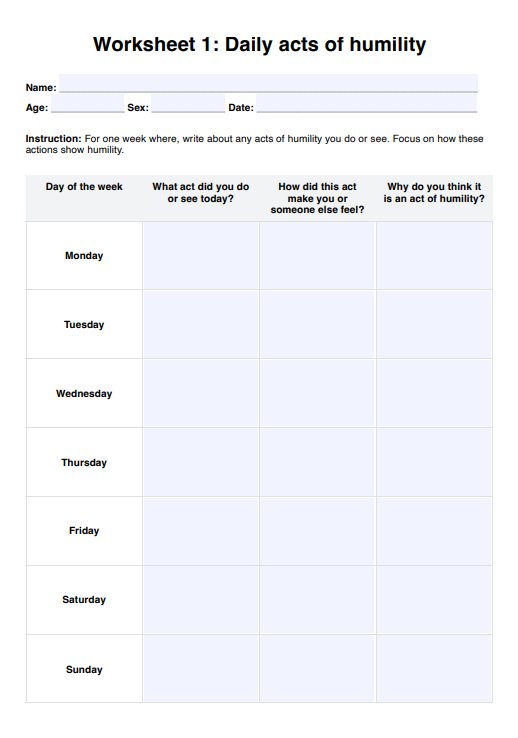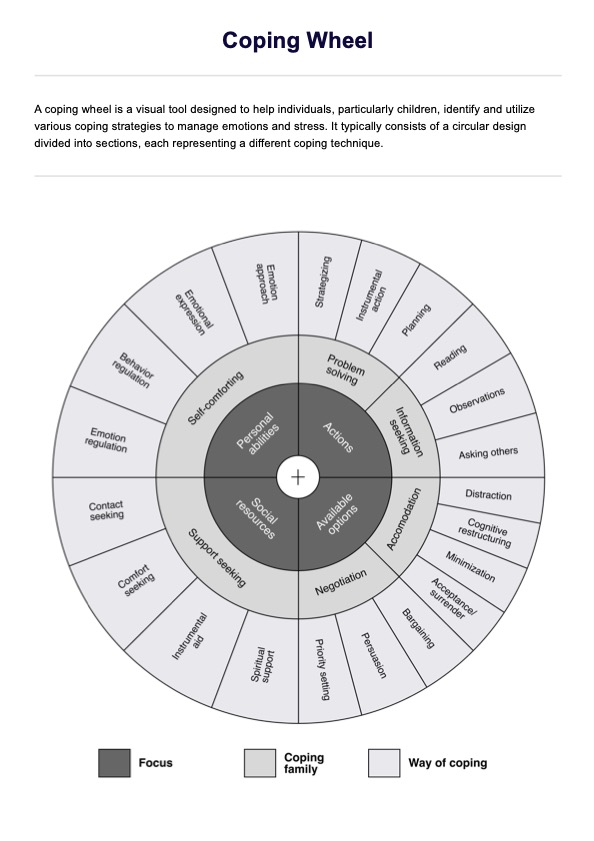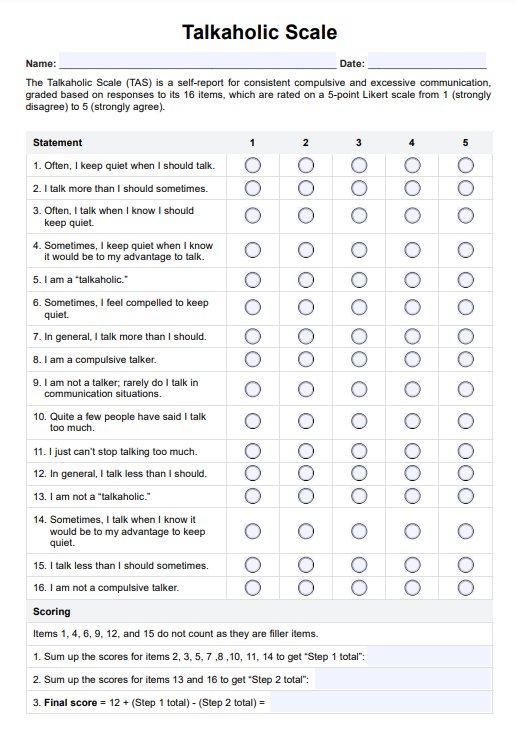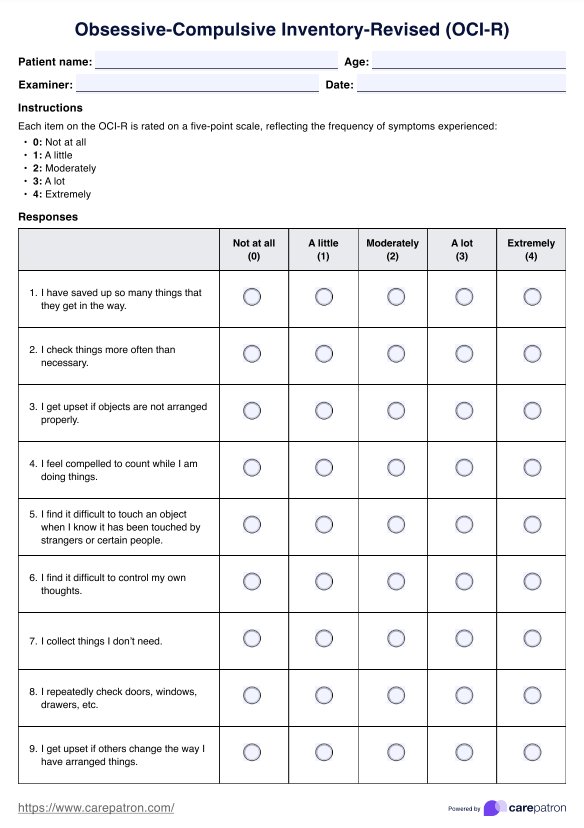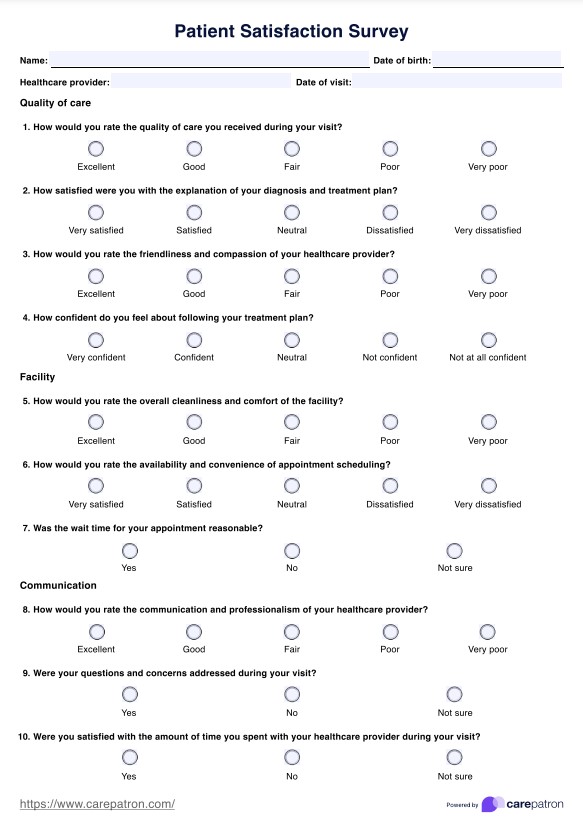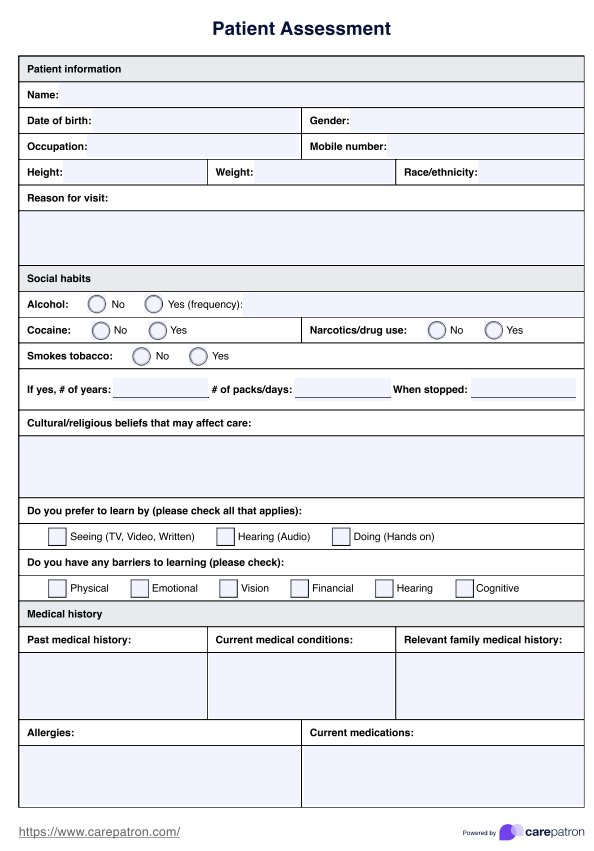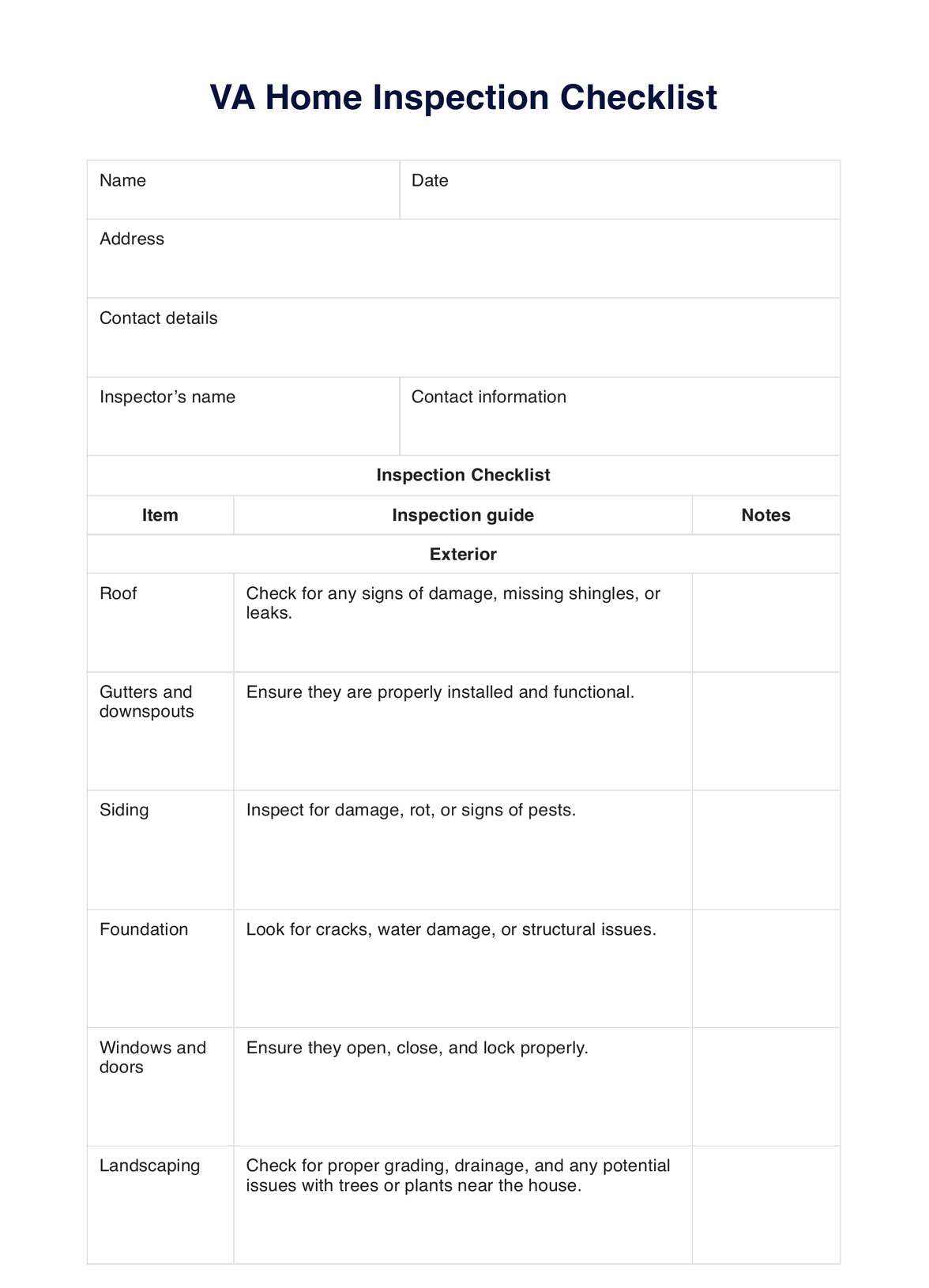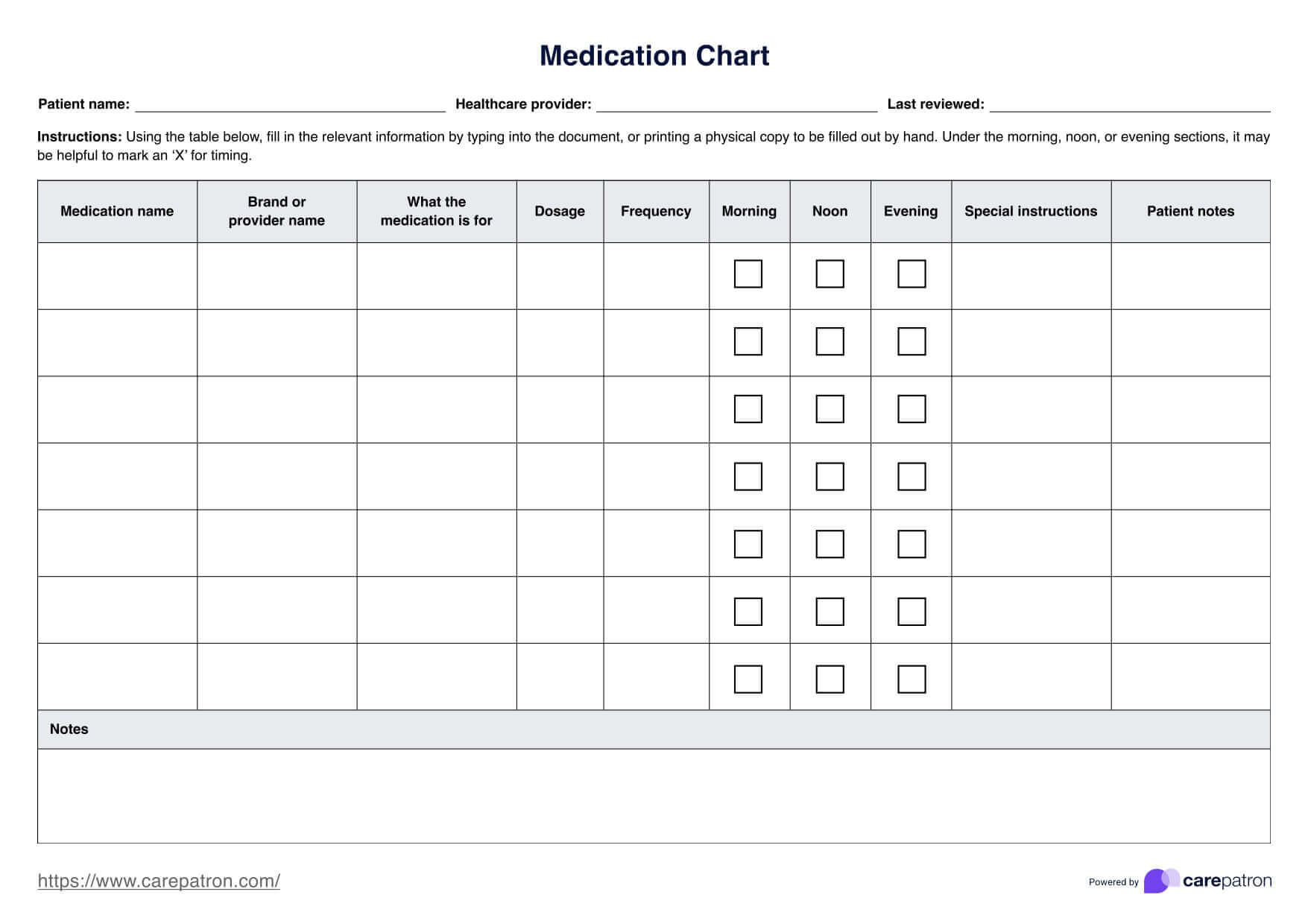Heart Echo Test
Discover the benefits of using Carepatron for Heart Echo Tests. Seamless communication, telehealth capabilities, and top-notch patient care await!


What Is A Heart Echo Test?
Imagine a tool so powerful that it lets you peek into the very core of your patient's heart, revealing its secrets and ensuring their well-being. That's the magic of the Heart Echo Test. This non-invasive procedure, often called an echocardiogram, uses sound waves to produce detailed images of the heart's size, structure, and function. It's like having a window to the heart, allowing healthcare professionals like you to diagnose, monitor, and treat heart-related conditions with precision.
But why is it so crucial for you to know about this test? Because in the ever-evolving world of healthcare, staying updated with the latest diagnostic tools not only enhances your practice but also ensures the best care for your patients. The Heart Echo Test is a testament to medical advancements, combining technology with the human touch. It's not just about images; it's about understanding the heart's story, rhythm, and dance.
So, as you embark on this journey to explore the intricacies of the Heart Echo Test, remember that it's more than just a procedure. It's a commitment to excellence, a promise of care, and a step towards a healthier future for your patients.
Heart Echo Test Template
Heart Echo Test Example
How to use the Heart Echo Test
After understanding what a Heart Echo Test is and having a comprehensive template, it's crucial to know how to use it effectively. Here's a step-by-step guide for healthcare professionals to ensure a smooth and accurate assessment:
Step 1: Patient Preparation
Begin by explaining the procedure to the patient to alleviate any concerns. Ensure the patient is comfortable, typically lying on their left side. Ask the patient to remove any upper body clothing and provide a gown for privacy.
Step 2: Applying the Electrodes
Clean the skin areas where electrodes will be placed. Attach the electrodes to the patient's chest; these will monitor the heart's electrical activity during the test.
Step 3: Using the Transducer
Apply a special gel on the patient's chest to help the transducer make secure contact. Move the transducer to different areas of the chest to capture images of the heart from various angles.
Step 4: Capturing the Images
Monitor the images on the echocardiogram machine screen. Adjust the settings to get clear pictures of the heart's chambers, valves, and blood flow.
Step 5: Interpretation and Reporting
Analyze the captured images to assess the heart's function and structure. Fill out the Heart Echo Test Report with the findings, interpretations, and recommendations.
Using the Heart Echo Test effectively requires technical skill and patient care. By following these steps, healthcare professionals can ensure accurate results and optimal patient experience.
When Would You Use This Form?
In the realm of healthcare, precision and timeliness are paramount. The Heart Echo Test form, complete with a practical example, is an invaluable tool for practitioners. But when exactly should this resource be utilized? Let's delve into the appropriate scenarios:
- Routine Check-ups: For patients with a history of heart conditions or those at risk, the form can be used during regular health assessments to monitor heart health.
- Symptomatic Patients: If a patient presents symptoms like chest pain, shortness of breath, or fatigue after mild activity, the form aids in capturing detailed findings from the echocardiogram.
- Post-Surgical Monitoring: After heart-related surgeries, the form can monitor the heart's structure and function, ensuring successful surgical outcomes.
- Medication Monitoring: For patients on specific heart medications, the form can help track the effectiveness or potential side effects of the treatment.
- Family History: If a patient has a strong family history of heart disease, using this form during assessments can aid in early detection and prevention.
In essence, this form is not just a piece of paper but a compass guiding healthcare professionals in various scenarios. Whether routine monitoring or addressing specific concerns, the Heart Echo Test form ensures practitioners have a structured and comprehensive approach to cardiac care.
What do the Results Mean?
Interpreting the results of a Heart Echo Test is crucial in determining the next steps in patient care. Let's break down some common findings and their implications:
- Normal Heart Size and Function: The heart functions within the expected parameters. Regular check-ups are still advised to maintain heart health.
- Enlarged Heart Chambers: This could suggest conditions like cardiomyopathy. An enlarged heart chamber might not pump blood effectively, leading to potential complications.
- Valve Issues (Stenosis, Regurgitation): Abnormalities in heart valves can lead to blood flow issues. For instance, stenosis indicates a narrowed valve, while regurgitation suggests a leaky valve.
- Abnormal Blood Flow: This could indicate blockages or clots, requiring further investigation and intervention.
Understanding these results is the first step in a patient's journey to heart health. Whether the findings are normal or indicate potential issues, they provide a roadmap for both the patient and the healthcare professional. With the insights from the Heart Echo Test, practitioners can tailor treatments, recommend lifestyle changes, or even provide peace of mind. Knowledge, after all, is the first step to healing.
Research & Evidence
The Heart Echo Test, commonly known as the echocardiogram, has been a cornerstone in cardiology for decades. Its significance is not just based on its widespread use but is deeply rooted in scientific research and evidence:
- Historical Context: The echocardiogram has evolved, with technological advancements enhancing its accuracy and utility. For instance, Lamotte et al. (2021) delve into the expanding role of certain cardiac tests, providing a brief history and emphasizing the importance of continuous research in the field.
- Clinical Utility: A study by Ormondroyd et al. (2020) highlighted the value of genetic findings in inherited cardiac conditions. Their research underscores the importance of specialized settings for disclosing results, ensuring clinical utility and patient satisfaction.
- Modern Applications: With the recent global health challenges, research has also explored the interplay between cardiac conditions and other health issues. Pérez-Belmonte et al. (2021) conducted a study on patients with heart failure hospitalized for COVID-19, emphasizing the importance of tailored treatments based on comprehensive cardiac assessments.
The Heart Echo Test is not just a diagnostic tool; it's a culmination of years of research, advancements, and clinical experiences, ensuring its relevance and efficacy in modern healthcare.
References
Lamotte, G., Boes, C., Low, P., & Coon, E. (2021). The expanding role of the cold pressor test: a brief history. [^1^] https://link.springer.com/article/10.1007/s10286-021-00796-4
Ormondroyd, E., Harper, A., Thomson, K., Mackley, M. P., Martin, J. M., Penkett, C., Salatino, S., Stark, H., Stephens, J., & Watkins, H. (2020). Secondary findings in inherited heart conditions: a genotype-first feasibility study to assess phenotype, behavioural and psychosocial outcomes. [^3^] https://www.nature.com/articles/s41431-020-0694-9.pdf
Pérez-Belmonte, L., Sanz-Cánovas, J., Salinas, A., Fornie, I. S., Méndez-Bailón, M., & Gómez-Huelgas, R. (2021). Corticosteroid therapy in patients with heart failure hospitalized for COVID-19: a multicenter retrospective study. [^4^] https://link.springer.com/content/pdf/10.1007/s11739-021-02843-4.pdf
Commonly asked questions
Carepatron offers an integrated approach, combining an online patient portal with a telehealth platform, ensuring seamless communication and top-notch patient care.
Absolutely! Carepatron prioritizes patient confidentiality and uses advanced encryption to ensure all medical data remains secure.
Yes, Carepatron is designed to be accessible across various devices, including smartphones, tablets, and computers, ensuring flexibility for healthcare professionals and patients.


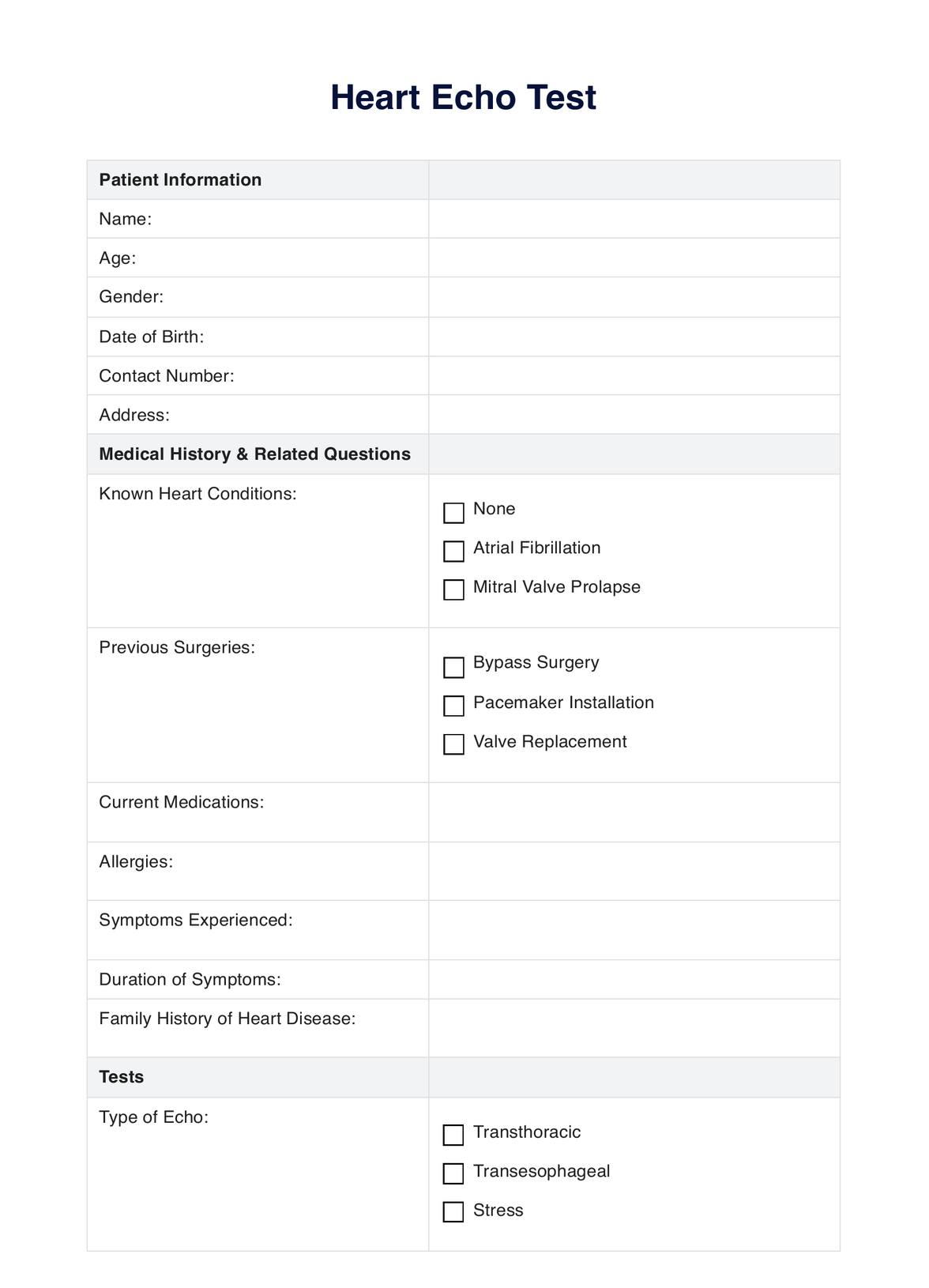
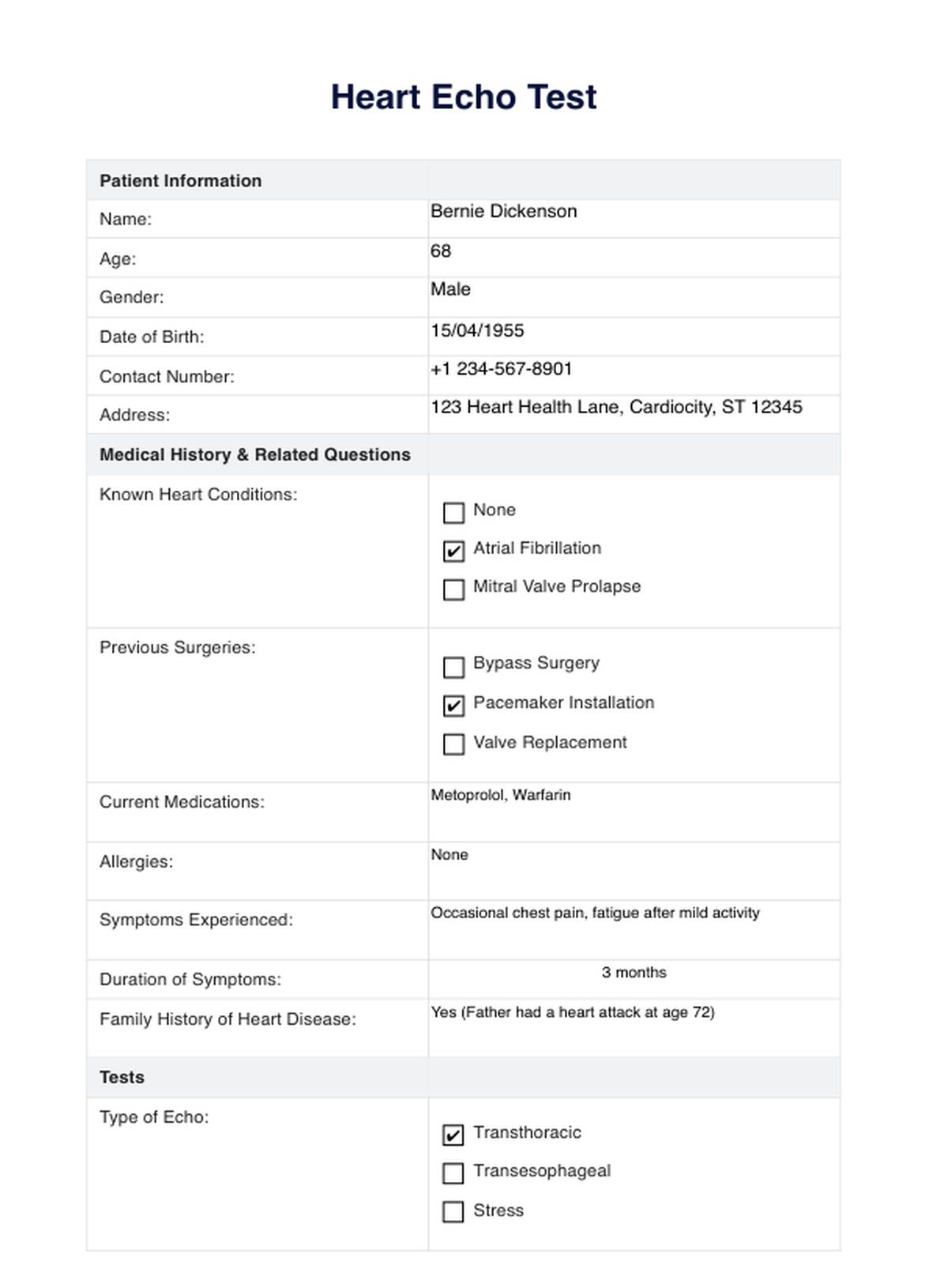

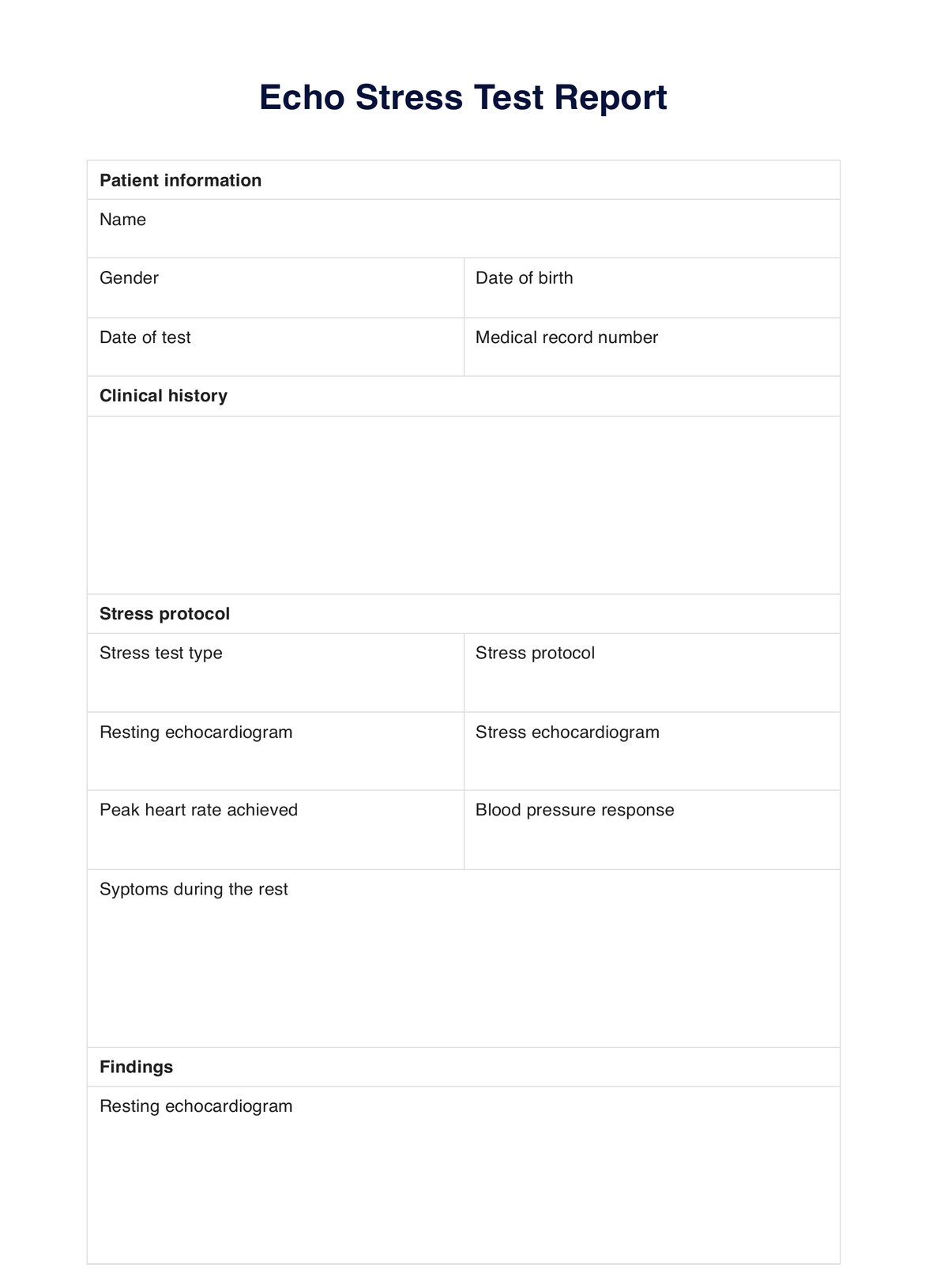

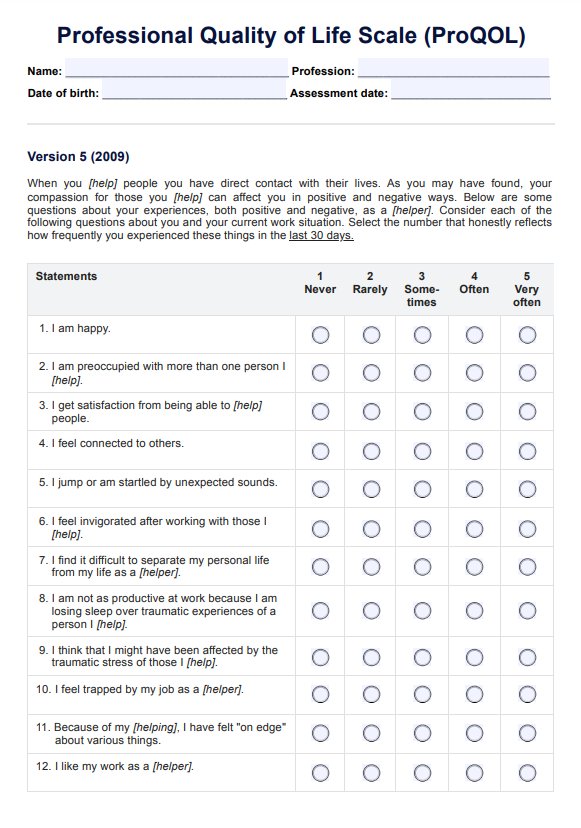













-template.jpg)





























































